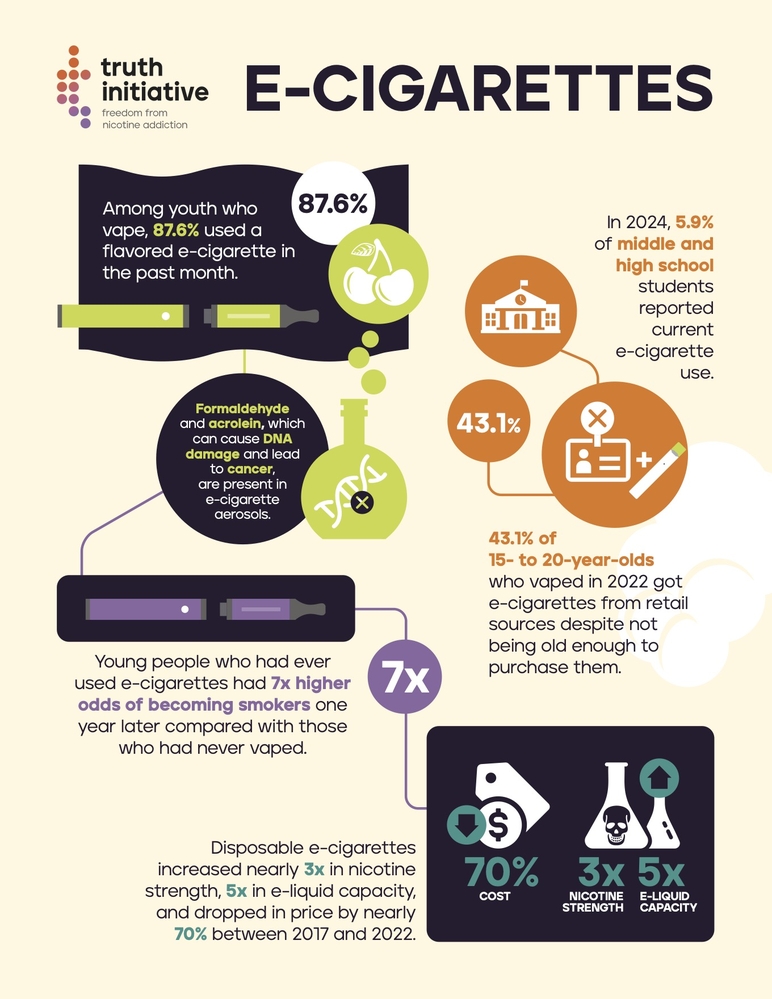Research consistently shows that electronic cigarettes pose significant health threats despite being marketed as safer alternatives.
Major Health Concerns
Nicotine Dependence: E-cigarettes deliver high concentrations of nicotine, driving addiction—especially dangerous for adolescent brain development.

Toxic Chemical Exposure: Vapor contains harmful substances:
- Ultrafine particles embedding deep in lung tissue
- Carcinogens including formaldehyde and acetaldehyde
- Heavy metals like nickel, tin, and lead leaching from heating coils
- Flavorants linked to lung damage (e.g., diacetyl causing “popcorn lung”)
Documented Physiological Damage
Cardiovascular System: Nicotine elevates blood pressure and spikes adrenaline, increasing heart attack risk.
Respiratory System: Causes EVALI (E-cigarette or Vaping Product Use-Associated Lung Injury), with symptoms including:
- Coughing and wheezing
- Shortness of breath
- Lipoid pneumonia from inhaled oils
Emerging Research Findings
DNA Damage: Studies associate vaping with DNA strand breaks in oral and lung cells, comparable to traditional smokers.
Immune Suppression: Vapor exposure impairs immune cell function, reducing infection resistance.
Youth Risks: Adolescents using e-cigarettes face triple the likelihood of transitioning to combustible cigarettes.
Critical Unknowns
Long-term cancer risks remain under investigation, but evidence confirms vaping:
- Is NOT FDA-approved for smoking cessation
- Causes acute lung injuries and chemical burns
- Delivers addictive substances facilitating other drug use
Peer-reviewed studies reveal no safe threshold for e-cigarette emissions. Cessation of all tobacco products remains the only verified method to reduce health risks.











